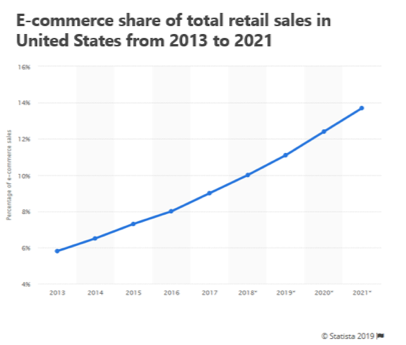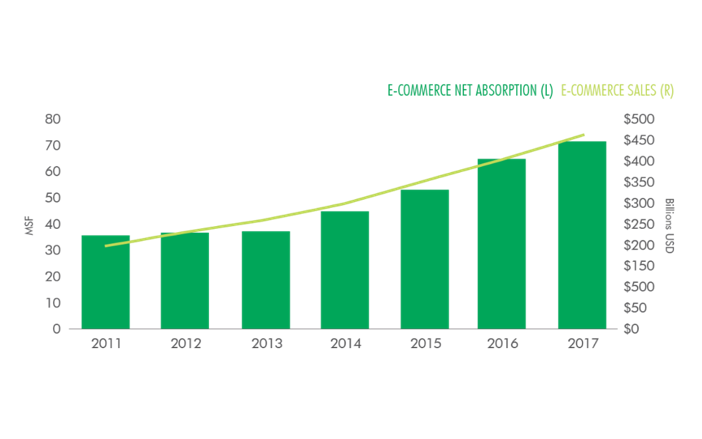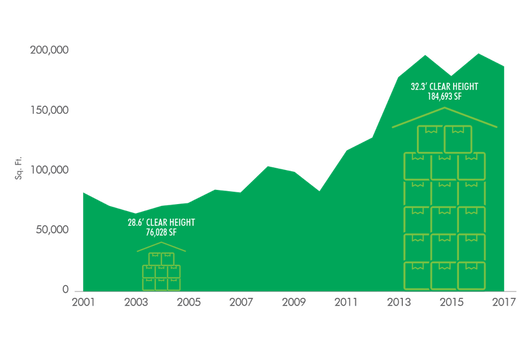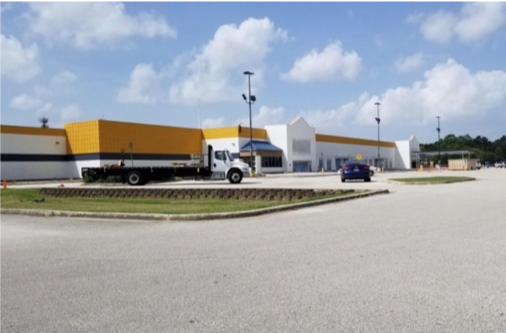|
H O U S T O N E Q U I T Y P A R T N E R S
HEP allows Accredited Investors the opportunity to invest in Industrial, Commercial, Self-storage and Mixed Use income producing assets, strategically located throughout the Greater Houston Area.
|
M E N U
|
C O N T A C T U S
Corporate Offices
2313 West Sam Houston Parkway N Houston, TX 77043 Inquiries: 281-899-0579 Investor Relations: 281-817-6342 Email: [email protected] |
© COPYRIGHT 2015. ALL RIGHTS RESERVED.

 RSS Feed
RSS Feed



